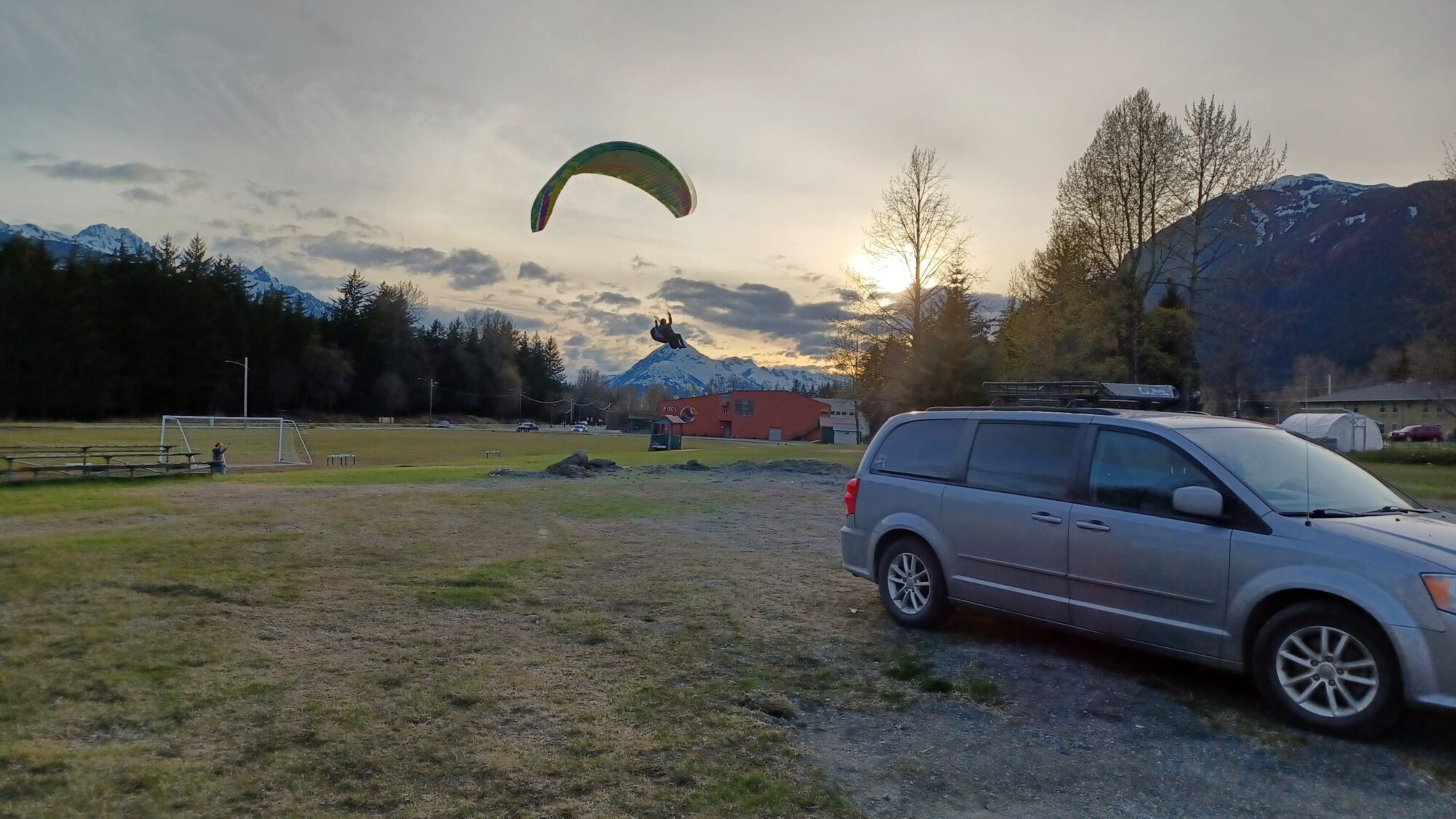We are going back to the polls next Tuesday and for the second time in the history of the state, we will use Ranked Choice Voting . The new system became law in February 2021, and was implemented for the first time this August to fill a vacant seat in congress.
Here is Gail Fenumiai, Director of the Division of Elections in Juneau, explaining the new system:
“It is a 360 degree change from the way the prior elections operated. The prior general elections were conducted under a plurality system, so the winner took all no matter how many votes or what percentage of votes you got, the one with the most votes at the end would win. The Ranked Choice Voting system works where there are up to four candidates, plus a space for write in, and voters have an opportunity to rank candidates in order of preference. They can rank one or they can rank all of them. It’s totally up to a voter to decide how many candidates they want to rank. Then what happens is, if after all the first choice votes are counted, on November 23rd, we will look at all the races to see if any race received 50% plus one vote, and if they did, then the winner is unofficially declared in those races, and any race where they did not achieve that, would then go to the ranked choice system.”
The tabulation rounds will begin once the deadline for absentee ballots has expired, after the last counting of ballots on November 23rd, two weeks after the vote.
Ranked choice voting is expected to have an impact on our political culture, promoting a less adversarial style of campaigning.
Amanda Moser, Chief Strategy Officer at Alaskans for Better Elections, had this to say:
“One thing that you can see in Ranked Choice Voting systems, is that there is strength in finding commonalities and connection between the candidates, because if you can demonstrate where you have commonalities with other candidates, it provides the opportunity for voters to rank, maybe not first but second or third, and there is definitely an opportunity to win with those second and third rankings. And so you do see more candidates looking to find that common ground that they share with other candidates in order to appeal to those first choice voters as a second choice pick. And so that sometimes has taken a little bit of the negative campaigning away because its better to find those connections and that commonality because you want to gain those supporters of that other candidate.”
And it may broaden the range if ideas expressed
“What I’ve seen in other jurisdictions too, is that it allow broader swathes of candidates to feel comfortable stepping into this space, because they aren’t going to be seen as a spoiler, because there is going to be the opportunity to communicate preferences and so some jurisdictions have had a lot of newer candidates that are running for offices under that system.”
In the unlikely event that two candidates would get the exact same numbers of votes, Alaska law says the tie is resolved “by lot”. This is the legal term for drawing straws, or flipping a coin.
You can find here a link to frequently asked questions about Ranked Choice Voting, and to a sample ballot








